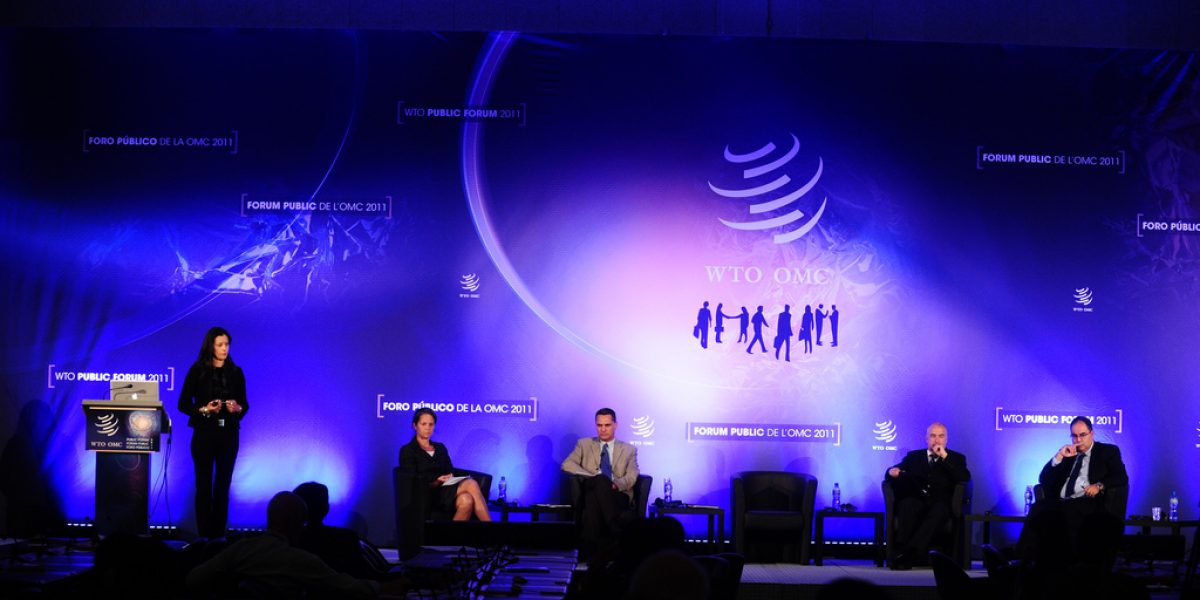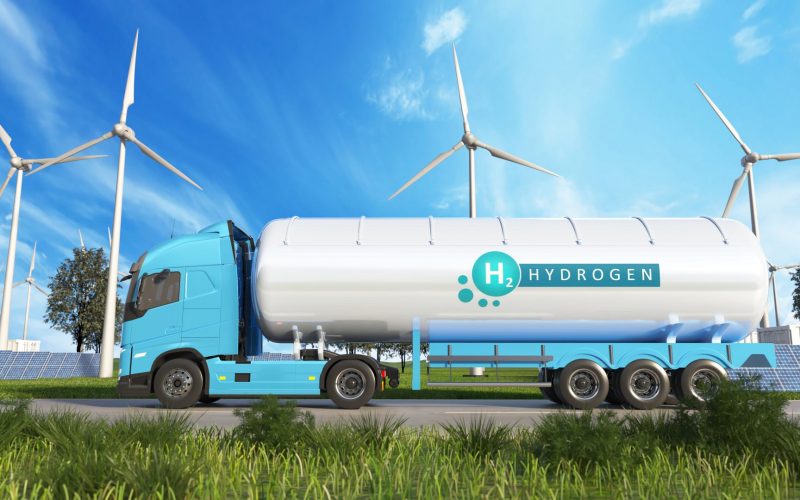Once again the world held its breath hoping that the trade ministers would give a more concrete indication on what is to happen with the Doha Development Agenda (DDA). A variety of issues were discussed, such as a different negotiating approach and the need to deliver on the Doha mandate, but no decisions were made. Even the much anticipated least developed countries (LDC) package failed to materialise, showing just how difficult it is to agree on issues even where countries are agreed in principle. The LDC package would have seen an agreement on issues of priority and with a development impact on LDCs.
The ministerial did identify, however, that the foundation of the impasse remains the lack of a balance between emerging economies and developed countries in the concessions made and demanded in the negotiations. Just like the much anticipated ‘Easter texts’, earlier on in the year, nothing new came out of the discussions. This, once again, highlighted the deep divisions that remain among member states on this issue and the huge uncertainty that hangs over the round with regard to its future. Nonetheless, despite this uncertainty, countries still stubbornly reiterated their commitment to the resolution of Doha and so there might be hope still. After all, the Uruguay round took years to conclude.
Apart from the impasse on the Doha Round, the ministerial welcomed Russia into the WTO after more than 20 years of accession negotiations. This means that all the countries represented in the Brazil-Russia-India-China-South Africa (BRICS) emerging powers grouping are now members of the WTO.
It remains to be seen whether this new development will see a more consolidated developing country stance at the WTO, led by the BRICS, although it is doubtful that Russia would provide such impetus where the other BRICS have failed. The principal question is how the Doha negotiations move forward from here. It would be difficult to abandon the round after all the effort that has gone into it and also for the potential benefit that it holds, particularly for developing countries. However, the current deadlock seems to be insurmountable. It seems that, ultimately, politics will determine the future direction and process on Doha.
Key to the politics of resolving the round is the big players in the multilateral trading system, among them, a few advanced developing countries. If these key players, namely the US, the EU, Canada, Australia, Japan, Brazil, India, China, Argentina, Mauritius, as well as South Africa – the ‘Group of 11’, could compromise among themselves, there is a strong chance that the round could move to a conclusion.
The question is what South Africa’s negotiating stance should be, in the event that the G11 decides on negotiating a compromise towards the end game in the Doha negotiations? In crafting South Africa’s contribution to the Doha Round, one must bear in mind the domestic policy imperatives facing the country. Therefore in proposing South Africa’s approach, there are three key negotiation areas under Doha, to consider. This is not to undermine the development aspect of this Round which should by all means remain paramount. But it should be recognised that the developmental nature of the Round has been practically eroded by the failure of developed countries to balance the ambition between the agriculture and the NAMA negotiations.
Agriculture: South Africa has a comparative advantage that is diluted by developed country subsidies and other trade distortive policies in agriculture. South Africa’s approach to the negotiations has therefore been offensive and concentrated mainly on gaining greater market access to developed country markets.
Given the domestic potential in agriculture, South Africa would also be interested in expanding the domestic subsidies available to rural farmers as well as land reform beneficiaries in order to support and stimulate agricultural production. It is unlikely, however, that developed countries will willingly give more concessions than they have already with regard to agricultural trade. If developed countries were to grant more market access, the quid pro quo would be in the form of increased market access in the non-agricultural market access (NAMA) negotiations.
Defining a firm South African position on the agricultural talks is made difficult, however, by the fact that SA also has offensive interests in developing country markets and, yet, is one of the biggest proponents of developing country solidarity. However, it stands to reason that domestic stakeholders in the agricultural sector may want some level of protection to protect the domestic market from other developing countries with agricultural sector potential.
Industrial goods and services: It is generally agreed that the ambition demanded of developing countries is too high. South Africa’s concerns in this area are particularly unique given the massive market openings that were implemented both in the Uruguay Round and unilaterally thereafter. In addition, South Africa’s domestic policy places industrial policy at the core of the country’s economic growth and development and further trade liberalisation has become an anathema to domestic interests, particularly from a government and labour perspective. The current NAMA proposals on the tariff reduction formula would eliminate South Africa’s policy space and dig into the applied tariffs, with South Africa being more adversely affected by the tariff reduction formula than its BRICS counterparts for instance. There is also the fact that South Africa is a member of the Southern African Customs Union (SACU), with four other countries that are not required to make the same level of tariff cuts as South Africa, but which would be affected through the common revenue pool, should South Africa make those cuts. South Africa has managed to negotiate a carve-out for SACU which would save it from making severe tariff cuts. This carve-out should however be approached with caution especially as its final structure and content is yet to be decided. Negotiations on the content of the carve-out have been shelved until the conclusion of the broader NAMA talks.
The negotiation around services is a different issue altogether. South Africa has consistently resisted any moves towards liberalisation. This sector has tremendous growth and employment potential and government plays a pivotal role through its control of backbone infrastructure services such as energy, telecommunications and transport. The South African approach to the negotiations has been largely defensive, despite the fact that the liberalisation of services would bring about greater competition and efficiency in the domestic services markets, lower prices and create more market access in other markets for exporters of services. Services is the area where the South African government should look to make concessions in the Doha negotiations, particularly as it needs greater market access in agriculture and to prevent further market openings in NAMA.
The ministerial has clearly failed to come up with a defined plan on resolving Doha and issues are still hanging in the balance. Going forward, should the G20 put together an initiative towards resolving the round, there are big questions around South Africa’s potential contribution. It is clear that South Africa’s negotiators face complex choices. However, South Africa’s best interests would be served by offering greater market access in the services sector while at the same time pushing for further liberalisation of agricultural trade and also fighting to preserve the NAMA carve-out which is vital for South Africa and the other SACU members.






